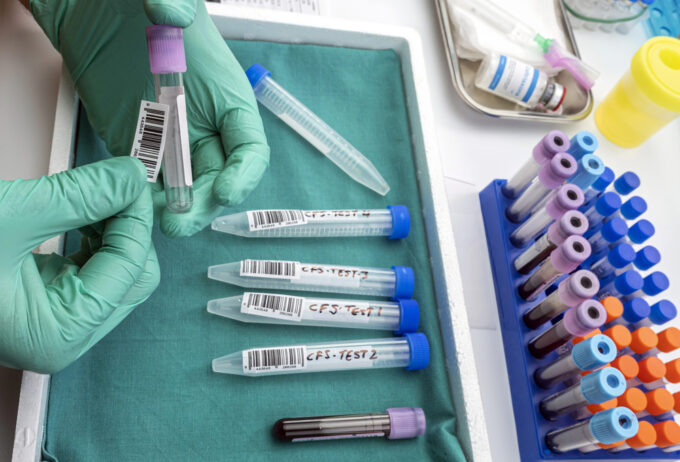Alternative to transplantation: muscle fibers from the spray can
For people with heart failure, an artificial heart via transplantation would be a lifesaver. However, in order to reproduce the complex organ in the laboratory, it would first be necessary to grow multi-layered living tissue. Researchers at Empa have now come closer to achieving this goal: They used a spraying process to produce functioning muscle fibers.

Who due to a Heart failure is in need of a transplant must hope for a suitable donor organ. An elegant alternative would be an artificial Heartwhich does not trigger any rejection reactions in the body after implantation. The Zurich Heart" project of the Zurich University Medical School Research Network, of which Empa is a partner, is currently developing such an artificial heart. To ensure that the pump from the laboratory is accepted by the body, it is to be encased and lined - like a stealth cap - by human tissue. So far, however, the cultivation of multilayered functional tissues is still a major challenge in the emerging field of "tissue engineering". Empa researchers have now succeeded in growing cells into muscle fibers in a three-dimensional plastic scaffold.
Muscle fibers in the lining play a crucial role
"The human heart is naturally composed of several layers of different tissues," explains Lukas Weidenbacher of the Empa Biomimetic Membranes and Textiles Department in St. Gallen. Muscle fibers in the lining play a crucial role here, as they ensure the stability and flexibility of the constantly beating heart. Growing muscle fibers in multiple layers is difficult, however, because the cells must first be placed in a spatial framework. "Although it is possible to create three-dimensional structures from plastic that closely resemble human tissue, for example by using a process known as electrospinning," Weidenbacher said. In this process, liquid polymers are spun as gossamer threads in the shape of natural tissues. However, harmful solvents needed for the method are poisonous for the sensitive cells, he says.
Sloppy protection
The Empa researchers have therefore packaged the precious cells in protective capsules. A gelatin envelope contains one or two cells each. This keeps the cells protected from the solvents. A special spraying process, electrospraying, makes it possible to insert the capsules into the pores of the spun scaffold. "The cells protected in this way survive the spraying very well," says the materials researcher. And once the cells have nested at their destination, the gelatinous capsule dissolves within minutes.
Images taken with a scanning electron microscope show that the cells like it in their plastic nest: as soon as the capsules are dissolved, the immature precursor cells begin to fuse with each other and mature into elongated muscle fibers. The final goal is to create a structure that is as similar as possible to natural muscle tissue. "Since the artificial heart is permanently flushed by the bloodstream, it is important that the surfaces are designed in such a way that no clots form," says Weidenbacher.
Text: EMPA









